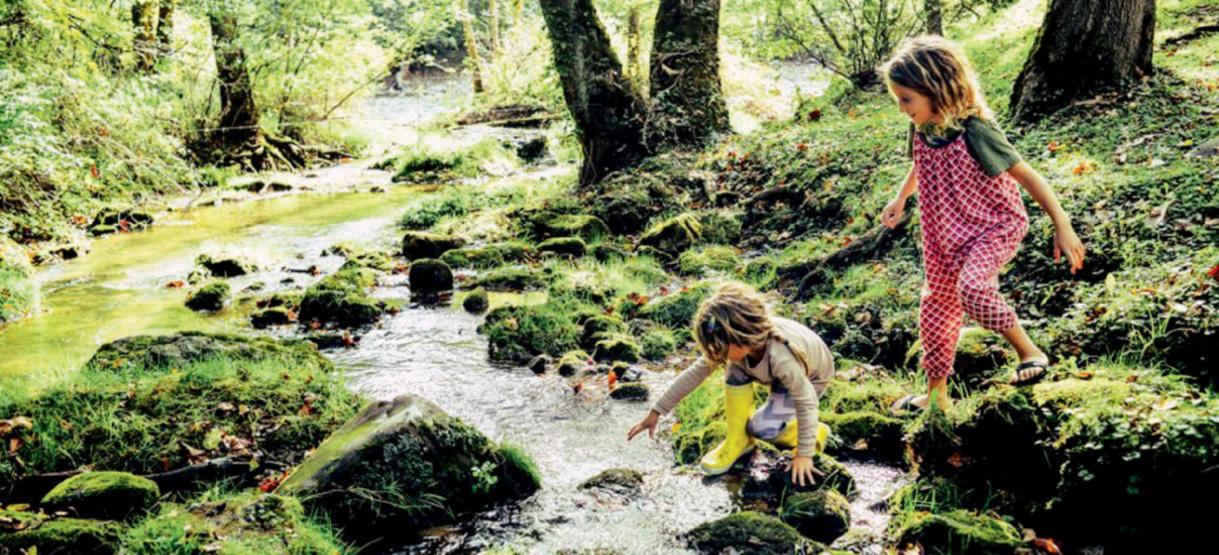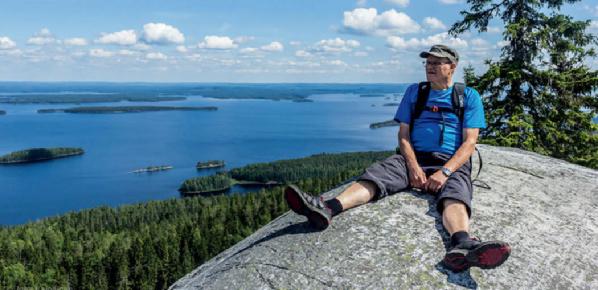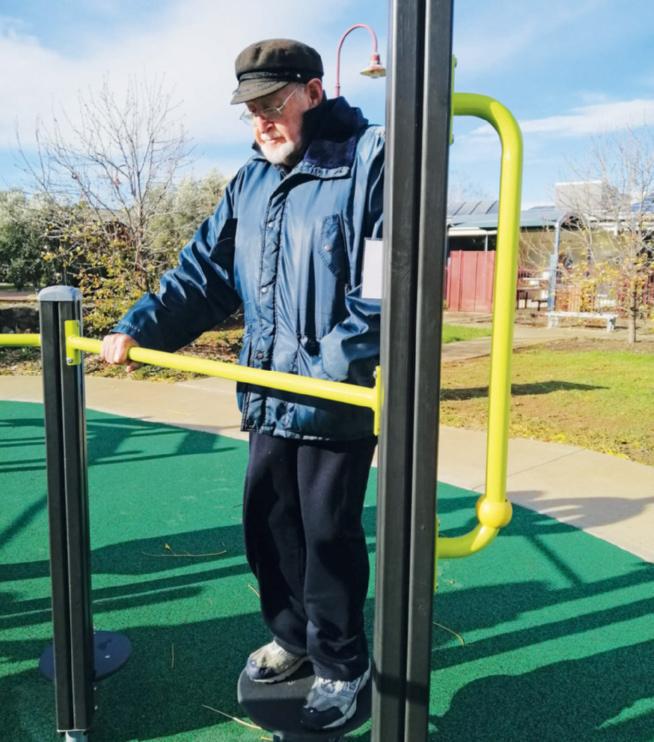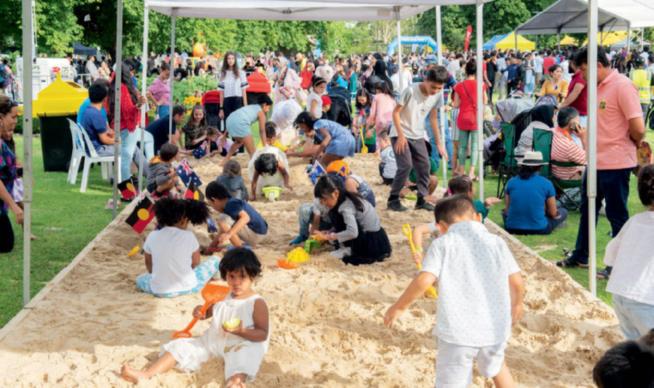
5 minute read
Accessible Recreation
Wheelchair user Angela Barry at Blacksmiths Beach
ACCESSIBLE WATERFRONT HOLIDAY CABINS IN LAKE MACQUARIE ARE SETTING NEW BENCHMARKS IN NSW
WORDS NEIL KEENE, COMMUNICATIONS AND ENGAGEMENT OFFICER, LAKE MACQUARIE CITY, NSW
Accessible waterfront holiday cabins are setting new benchmarks, but that’s just the start of the story when it comes to opening up recreation and tourism for people of all abilities.
“Creating an accessible city requires a big-picture approach,” Lake Macquarie City Council Manager Community Partnerships Andrew Bryant says. “It’s more than just being wheelchair-friendly. It’s about catering for the many and varied needs of everyone, whether it is visitors with mobility restriction, parents with a pram or people in our community with myriad other unique needs.”
Research commissioned by the Australian Government has found that accessible tourism is worth an estimated $8 billion a year domestically. International travellers with accessibility needs add another $2.8 billion in annual value. That makes it Australia’s highestvalue tourism market sector, ahead of tourists inbound from China.
But provision of accessible tourism and recreation options is not just about capitalising on fi nancial opportunities. Lake Macquarie Mayor Cr Kay Fraser says it helps create a city with more liveable communities, and one that nurtures a positive community attitude towards people with disability. “Providing state of the art accessible accommodation, facilities, infrastructure and recreational opportunities helps us drive towards these goals.”
Community Planner Ageing and Disability Jennifer Linton-Webb says Council is increasing its focus on providing access to facilities, infrastructure and attractions that most people take for granted.
The new accessible holiday cabins across Lake Macquarie Holidays Parks’ Swansea Lakeside, Blacksmiths Beachside and Belmont Lakeside sites are a prime example. Equipped with technology that far exceeds Australian standards for people with disability, the cabins feature accessible ramps, fully automatic doors and blinds, motorised adjustable shelves and benchtops, and accessible bathrooms. Swimming pools and other facilities throughout the park have also been upgraded to improve accessibility.
Sydney magazine editor and blogger Julie Jones, whose Have Wheelchair Will Travel blog catalogues her family’s travels, says that while a growing number of Australians live with disability, there is “a distinct lack” of truly accessible accommodation. Ms Jones says it isn’t just the features that make the new cabins stand out — it’s their prominent location within each holiday park. All too often, she says, accessible accommodation and features are tucked away out of sight.
“The attention to detail and consideration of the needs of people with disability shown in the design and features of the Belmont property are the best we’ve seen in a mainstream accommodation provider’s off erings,” Ms Jones says. “The fact the accessible accommodation has a view is even more rare.”
That deliberate prominence of accessible facilities has increased right across Lake Macquarie under Council’s four-year Disability Inclusion Action Plan, which will undergo a complete refresh in 2021. The plan focuses on four key areas: attitudes and behaviours, liveable communities, employment, and systems and processes.
“An inclusive community is about acceptance,” Cr Fraser says. “It works to break down barriers, raise awareness and provide equal opportunities to everyone.”
Most recently, the popular Blacksmiths Beach on Lake Macquarie’s coast has undergone a $380,000 upgrade project to install an accessible ramp and viewing platform at the high point of the foredunes, overlooking the water. The striking constructions were made with fi breglass
reinforced plastic mesh, designed to withstand the harsh beach environment.
“It’s great to see Lake Macquarie Council investing in making our beaches more accessible to people with mobility limitations,” Lake Macquarie wheelchair user Angela Barry said. “Without ramps such as this, our beautiful city beaches are off -limits to wheelchair users.”
A similar ramp was installed at nearby Redhead Beach in 2018, while further south at Caves Beach, a makeover to the amenities building allowed a Changing Places facility to be installed. It features a hoist, adult change table, accessible toilet and shower. In addition, the amenities include a parents’ room with an accessible toilet, with upgrades to nearby pathways, public barbecues and picnic areas also providing wheelchair access.
A $6.5 million upgrade to Toronto Swim Centre — the city’s largest indoor swimming complex — also focused on delivering enhanced accessibility features. Funding for the overhaul included a wheelchair lift and aquatic wheelchair to lower users directly into the centre’s new hydrotherapy and 25-metre pools. A separate hoist provides access to the learn-to-swim pool. The swim centre also features a Changing Places facility.
At Council’s other indoor swim centre at West Wallsend, a $10,000 Australian Government/Swimming Australia grant has paved the way for an innovative aqua fi tness program targeting people with disability. The 45-minute classes, set to get underway once Covid-19 restrictions ease, have a “wild west” theme, complete with props, fl oats and swim equipment made for people with physical and intellectual disability.
Ms Linton-Webb says that while all Council’s aqua fi tness classes are accessible for most people in the community, “off ering classes tailored for people with disability helps build participants’ confi dence in the water.” She adds, “It’s also a fantastic social outlet, contributing to ongoing health and wellbeing.”
Within the lake at Belmont, a $2 million reconstruction of a historic baths complex provided an opportunity to make them wheelchair accessible for the fi rst time ever. That meant building a 40-metre ramp sloping gently into the water, as well as an accessible change room and a $4400 Mobi-chair: an amphibious wheelchair stored onsite and accessible to anyone with a Master Locksmiths Access Key (MLAK).
The spotlight has also been shone on Lake Macquarie playgrounds, with the goal of opening them up to kids of all abilities, and parents or carers who might
Toronto Swim Centre accessible facilities

also have accessibility needs. Warner Park near the lake foreshore was among the fi rst to enjoy accessibility upgrades, with a wheelchair-friendly ‘spinner’ installed.
Similar features are in the pipeline for playgrounds being planned or built in other parts of the city — some under the NSW Government’s Everyone Can Play grant program. The program, following on from a commitment by the State Government to ensure people of all ages, abilities and cultural backgrounds can play, saw funding awarded to 30 local government areas in the 2019-20 fi nancial year.
“It is so important — today more than ever — that we provide dignifi ed and equitable access for everyone in our community, regardless of their ability,” said Ms Linton-Webb. ”Doing so makes it a better place for everyone to live, work and visit.”
Safe & Efficient Permeable Erosion Protection CONCRETE EROSION MATS
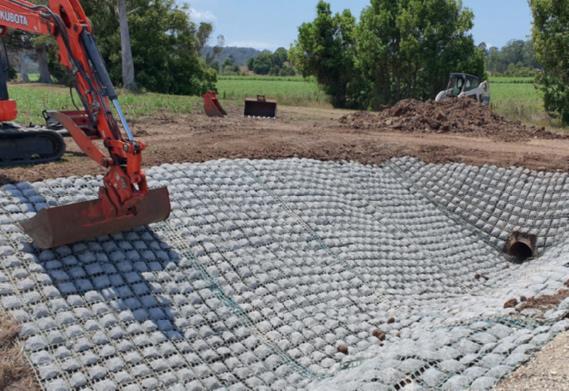
Easy to handle rolls are 2.4m wide, up to 15m long.
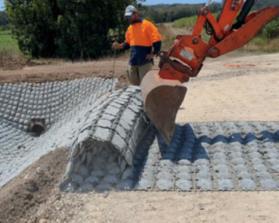
Flexible
Geogrid Quick Unroll ConcreteMats.com.au

Fast to install Cost effective Eco-friendly Quick rehabilitation Easy to maintain Sustainable solution





